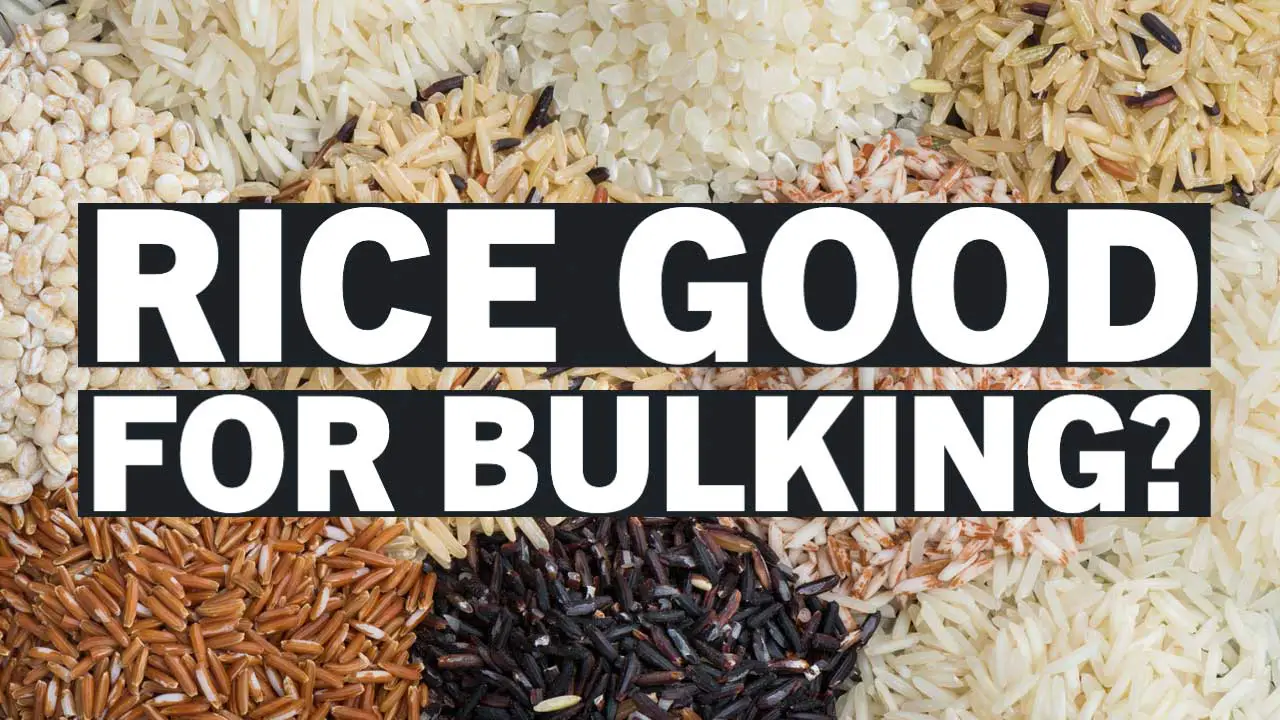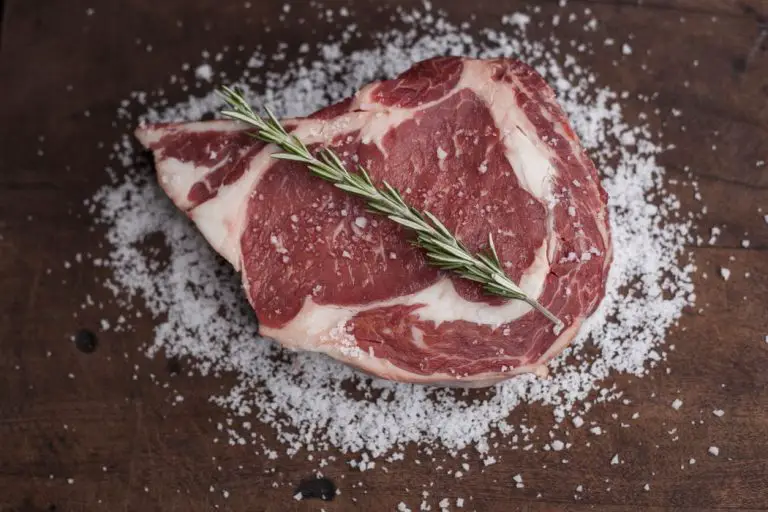6 Tips For Building Muscle on Ketogenic Diet

ListedFit is reader-supported. When you buy through links on our site, we may earn a small commission.
Building muscle and losing fat at the same time can be a tricky balance. If you’re on a ketogenic diet , maintaining that balance can seem even more challenging.
Many of the foods included in a ketogenic diet are low in protein, which makes it harder to meet your daily macronutrient targets for muscle building. However, this doesn’t mean that you cannot build muscle on keto.
It just takes a little planning and strategy to make it happen. There are many benefits to staying in a state of nutritional ketosis when trying to build lean muscle like better performance in the gym and accelerated fat burning.
Here we’ve put together eight tips to help you build muscle on a ketogenic diet.
Table of Contents
- 1 Track Your Macros
- 2 Lift Weights 3 Times Per Week
- 3 Be Careful With Protein Shakes
- 4 Don’t Forget About Fat Loss
- 5 Exchange Carbs for Veggies
- 6 Don’t Be Afraid of Fats
- Conclusion
1 Track Your Macros
When you’re first starting, it’s a good idea to track your macros in a calorie-tracking app or journal.
Fatsecret and Myfitnesspal are two great apps to do this.
The ketogenic diet has a set of macros that most people follow, which is 65% fats, 35% protein, and 5% carbohydrates. By calculating your macros, you can ensure that you’re hitting your daily goals and know where your calories are coming from.
This is especially helpful if you are someone who has a hard time controlling portions and making smart food choices. If you are tracking your macros but still struggling to hit your protein goals, try adding in more protein-rich foods like eggs, and fish.
If you’re still struggling to reach your protein targets and you’re lifting weights, try adding in a protein supplement to your diet.
2 Lift Weights 3 Times Per Week

Try to lift weights 3 times per week and consider performing a full-body routine at least one of those days.
Remember to give yourself enough time to rest and recover between workouts. For example, if you lift on Monday, Wednesday, and Friday with full-body workouts, you should give yourself 48 hours of rest before hitting the weights again.
3 Be Careful With Protein Shakes

It can be challenging to meet your daily protein goals when following a ketogenic diet, as many protein-rich foods are also carbohydrate-rich.
Protein shakes are a great way to meet your daily protein goal, but they also tend to contain varying amounts of carbohydrates.
Usually, sugars are added to improve the taste of many shakes, per serving some shakes contain 10g of carbohydrates.
You have to consider how many proteins shakes you intend to drink throughout the day and factor this into your macros.
Don’t assume like many do that protein shakes just contain 100% protein and nothing else, this isn’t the case.
Try experimenting with different protein powders to find one that tastes good to you. If you’re lactose intolerant, plant-based protein powders are a great alternative to whey protein.
Adding peanut butter to your protein shake is a great way to increase the protein amount and make it taste a little better too.
Overall, be sure to read the nutrition information on the label and make sure they contain the right amount of protein per serving, as some can be more diluted than others.
4 Don’t Forget About Fat Loss
While it’s important to focus on building muscle, you shouldn’t forget about fat loss.
If you’re trying to lose weight, you should be mindful of consuming the proper amount of fat for your diet. You should also be mindful that consuming too little fat can slow down muscle growth.
If you’re trying to build muscle and lose fat, make sure you’re hitting your daily fat targets.
Another option is to focus on increasing the number of healthy fats in your diet, as they’re easy to add to your daily routine.
Good sources of healthy fat include avocados, coconut oil, nuts and seeds, fatty fish like salmon and mackerel, and grass-fed butter.
5 Exchange Carbs for Veggies
When trying to build muscle on a ketogenic diet it can be difficult to meet your daily carb goals, so it’s best to try and exchange carbs for vegetables whenever possible.
For example, instead of eating a bowl of rice or potatoes, try eating vegetables like broccoli, cauliflower, or spinach with a little bit of butter or olive oil added to them.
You can also try eating vegetables like asparagus, cucumbers, peppers, or squash as a side dish with your protein meals.
6 Don’t Be Afraid of Fats
While it’s true that all fat isn’t created equal, the type of fat you consume can have a major impact on your ability to build muscle.
Saturated fats, monounsaturated fats, and polyunsaturated fats are all good fat sources that you can eat in moderation on a ketogenic diet.
Good sources of healthy fats include avocados, coconut oil, nuts and seeds, fatty fish like salmon and mackerel, and grass-fed butter.
If you eat the right amount of healthy fats, you’ll help your body better absorb the protein and nutrients from your diet, which can help you build lean muscle mass faster.
Conclusion
Building muscle and losing fat at the same time can be challenging, but it can also be very rewarding.
When you’re trying to build muscle on a ketogenic diet, make sure to track your macros, lift weights 3 times per week and eat the right amount of healthy fats.
With the right strategy, you can build muscle on keto and reach your fitness goals.
Author
- Danny Loeb is a qualified Personal Trainer, Fitness Model and Writer. He enjoys blogging about health and fitness, messing around with Photoshop, and sharing his experiences with everyone.
Latest entries
 NutritionFebruary 6, 2024What Are Fillers in Supplements? – Unveiling Inactive Ingredients
NutritionFebruary 6, 2024What Are Fillers in Supplements? – Unveiling Inactive Ingredients FitnessAugust 23, 2023Best Post-Workout Foods: Great Ideas for Recovery and Results
FitnessAugust 23, 2023Best Post-Workout Foods: Great Ideas for Recovery and Results BulkingJuly 26, 2023Is Rice Good for Bulking? Unveiling the Truth
BulkingJuly 26, 2023Is Rice Good for Bulking? Unveiling the Truth CultureJuly 15, 2023Why Do People Hate Planet Fitness? Read This Before You Join!
CultureJuly 15, 2023Why Do People Hate Planet Fitness? Read This Before You Join!
Affiliates:
This post may contain affiliate links that at no additional cost to you, the site may earn a small commission. We only recommend products we would use ourselves and all opinions expressed on this site are our own.
General Advice:
The information provided in this article is for general informational purposes only. It is not intended as a substitute for professional advice. Always consult with a qualified healthcare professional before starting any new diet, exercise program, or making changes to your health routine.
Accuracy Advice:
While we strive to provide up-to-date and accurate information, the content in this article may not reflect the most current research or medical guidelines. We encourage readers to do further research and consult with professionals for more personalized advice.
Our Recommendations:
The products and services mentioned in any of our articles are recommended based on our independent research and personal experience. We are not sponsored by any company. We aim to suggest products and services we believe are of high quality and could be beneficial to our readers.






